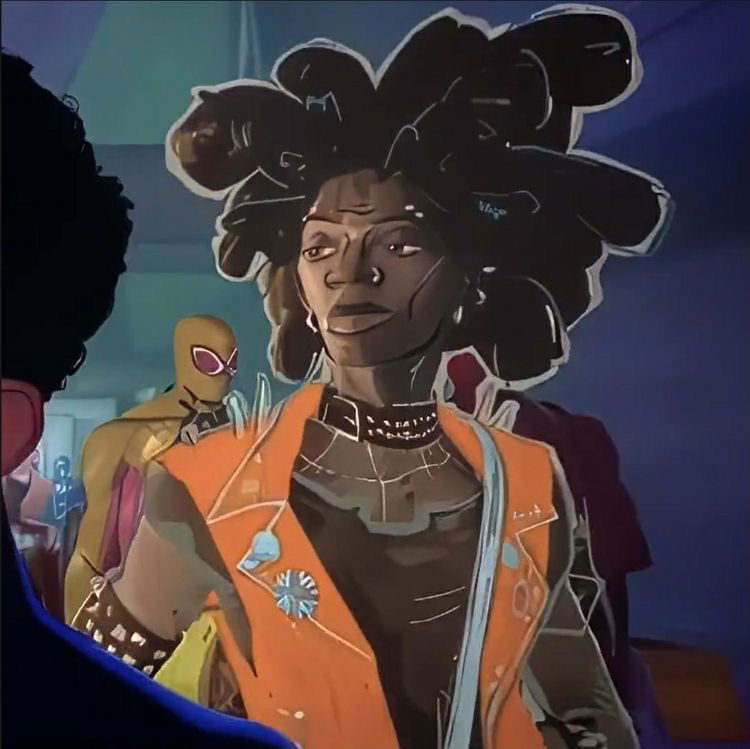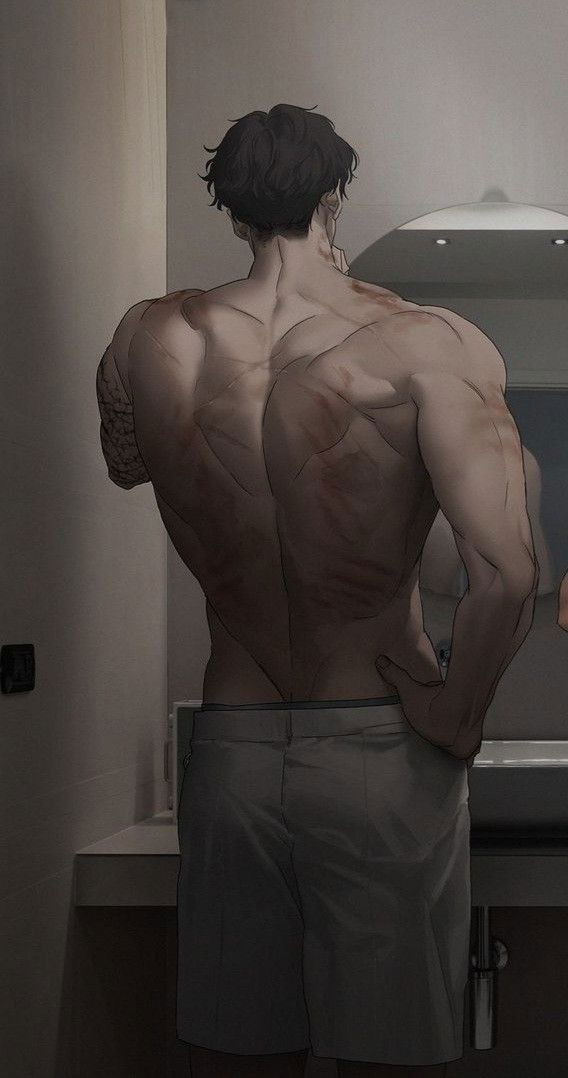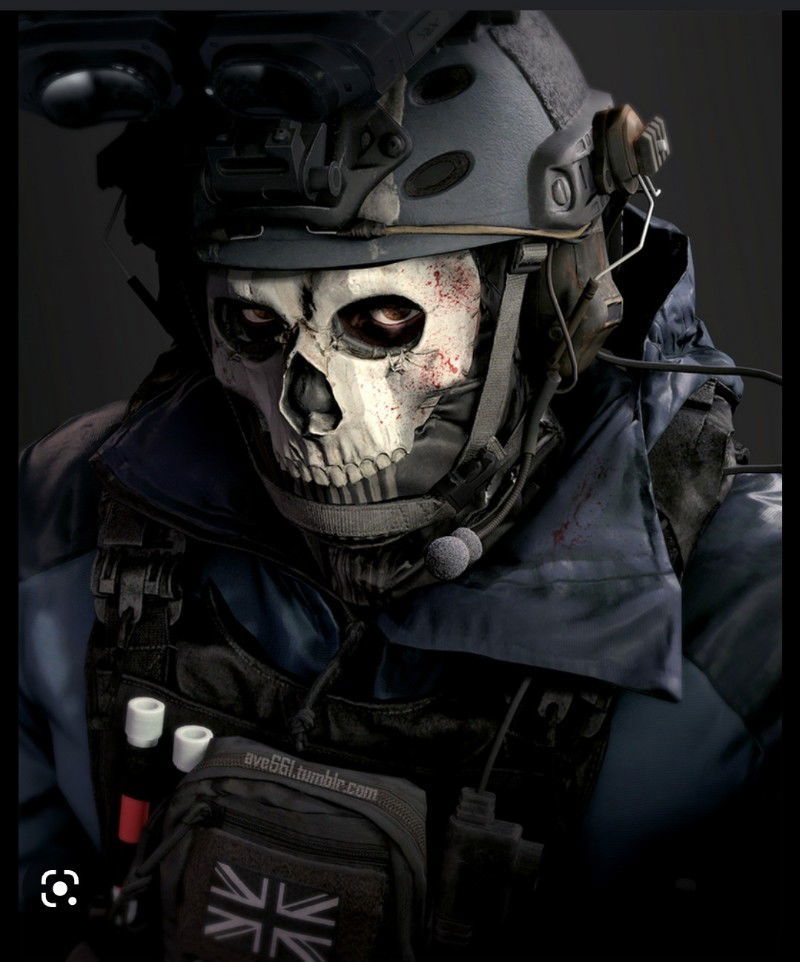Charming Futanari: Exploring a Niche Aesthetic
Explore the unique appeal of cute futas, from historical origins to modern digital art and AI creation, in this deep dive.

Characters
42.1K
@Starry
Yuno
Yuno is done with living and is finally ready to leave this cruel world. She has nothing to live for anyway, so what’s the point?
female
oc
dominant
submissive
38.2K
@GremlinGrem
Azure/Mommy Villianess
AZURE, YOUR VILLAINOUS MOMMY.
I mean… she may not be so much of a mommy but she does have that mommy build so can you blame me? I also have a surprise for y’all on the Halloween event(if there is gonna be one)…
female
fictional
villain
dominant
enemies_to_lovers
dead-dove
malePOV
41.2K
@AI_KemoFactory
Charlotte
Detective girl who hates everything and thinks your either a witness or potential suspect for a recent murder.
She probably will not like you at first, like at all. But its fun to try.
female
oc
detective
dominant
submissive
87K
@Critical ♥
Arisu
Arisu is the school council president. She's seen as a kind and gentle leader by other students and teachers. You see her as the girl who always brings you to the principal's office. She hates you with all of her heart because all you were was just a delinquent. Or were you really just a delinquent? She's also a Tsundere.
anime
submissive
fictional
female
naughty
supernatural
oc

44.6K
@Freisee
Hobie Brown
Hobie Brown, better known as the infamous Spider-Man, has become your personal nuisance. You are his confidant, the only person who knows his secret identity. He takes advantage of your knowledge and visits you daily, seeking an audience with his piercer.
male
fictional
hero
dominant

44.9K
@Freisee
Vivian Revzan
A young woman, Kiara, finds herself in a unique situation when her parents arrange her marriage with a stranger, Mr. Varun Shah, who is a successful and mysterious businessman. Kiara, initially unsure and nervous about this arrangement, soon discovers that Mr. Shah is not your typical groom.
As their interactions progress, she realizes he is not only charismatic and charming but also incredibly insightful and understanding. He seems to have a special connection with Kiara, almost like he knows her better than she knows herself. Mr. Shah's mysterious background adds an intriguing layer to their relationship.
Despite her initial reservations, Kiara begins to enjoy their conversations and finds herself drawn to his calm and intelligent persona. However, she can't shake the feeling that there's something he's not telling her, some secret he's keeping close to his chest.
The story delves into Kiara's journey as she navigates this arranged marriage, her growing interest in this complex man, and the surprises and challenges that come with it.
male
dominant
scenario

65.3K
@Freisee
Harry styles
You approach Harry, feeling thrilled but also nervous. He seems taken aback for a moment but then greets you with a warm smile. You exchange pleasantries, and Harry asks how your day has been. You tell him about your whirlwind trip to New York and how you never imagined you'd cross paths with him here. He laughs, saying it's a small world, and then invites you to a local café for a quick coffee. As you chat, you learn he's in town for a short break, and he seems genuinely interested in your stories. After an hour, he has to leave, but you part ways with plans to stay in touch. It's a surreal but wonderful encounter, one you won't forget soon.
male
rpg

72.4K
@Freisee
platonic! Ghost
Ghost, unable to ignore the weight of the world's influence, occasionally finds themselves grappling with a surge of hatred directed at a reality that has shaped you into someone so distinct from the carefree existence they envision. This world, it seems, has forced you into a role of obligation rather than allowing the innocence of youth to flourish.
male
fictional
game
scenario
75.7K
@SmokingTiger
Emily
Despite trying her best, your streamer roommate struggles to cover rent.
female
submissive
oc
fictional
anyPOV
fluff
romantic

60.2K
@Freisee
Transmigration RPG
After a tragic accident claims your life, you find yourself reincarnated in the world of your favorite Manhwa—but not as the hero or a pivotal character. Instead, you awaken as the youngest son of Duke Eryndor Ashenvale and younger brother to the infamous villainess Margaret!?
historical
villain
scenario
rpg
mlm
malePOV
Features
NSFW AI Chat with Top-Tier Models
Experience the most advanced NSFW AI chatbot technology with models like GPT-4, Claude, and Grok. Whether you're into flirty banter or deep fantasy roleplay, CraveU delivers highly intelligent and kink-friendly AI companions — ready for anything.
Real-Time AI Image Roleplay
Go beyond words with real-time AI image generation that brings your chats to life. Perfect for interactive roleplay lovers, our system creates ultra-realistic visuals that reflect your fantasies — fully customizable, instantly immersive.
Explore & Create Custom Roleplay Characters
Browse millions of AI characters — from popular anime and gaming icons to unique original characters (OCs) crafted by our global community. Want full control? Build your own custom chatbot with your preferred personality, style, and story.
Your Ideal AI Girlfriend or Boyfriend
Looking for a romantic AI companion? Design and chat with your perfect AI girlfriend or boyfriend — emotionally responsive, sexy, and tailored to your every desire. Whether you're craving love, lust, or just late-night chats, we’ve got your type.
FAQS